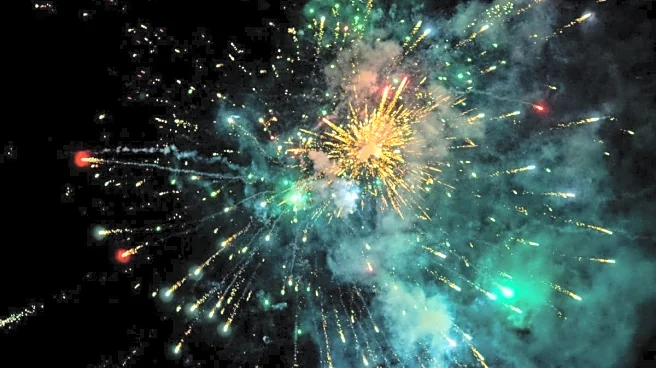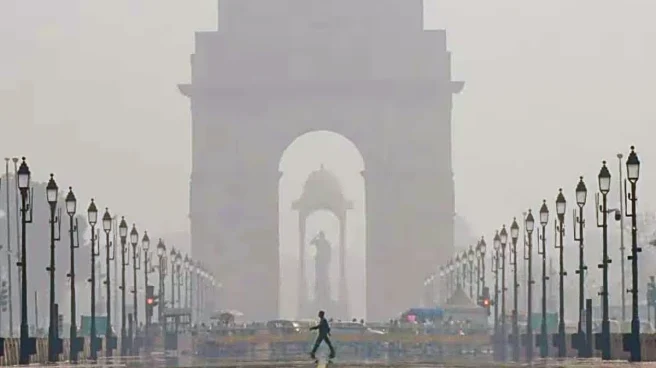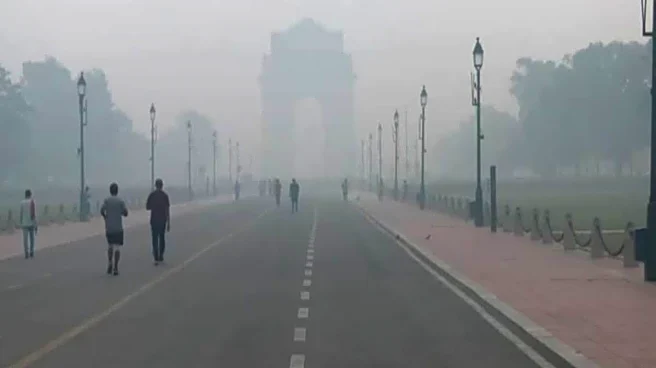Despite the ongoing debate over stubble burning and firecrackers, it is Delhi’s ever-growing vehicular pollution which is driving nearly 40 per cent of the city’s toxic air, according to experts, as the national
capital remained enveloped in toxic haze with Air Quality Index (AQI) still under ‘very poor’ levels.
In an exclusive interview with CNN-News18, Anumita Roychowdhury, Executive Director, Centre for Science & Environment (CSE), New Delhi, highlighted that the city’s local combustion sources are to blame for the city’s air pollution not just during winter, but all year round.
“It is so clear, and we know this so well from detailed studies in the past, that combustion sources – industries, vehicles, open waste burning are major contributors to Delhi-NCR’s pollution. Even though, quite a substantive part of pollution comes from surrounding areas, but in terms of local sources, vehicles are at the top – responsible for almost half of the total pollution load,” said Roychowdhury who has also worked extensively to build the campaign on Right to Clean Air.
She also cited the daily estimate of contribution from different sources to Delhi’s ambient air pollution, as provided by the Indian Institute of Tropical Meteorology (IITM), Pune, which showed minimal impact of farm fires on Delhi’s PM2.5 concentration this year. “It gives clear insights on how contribution of farm fires to Delhi’s pollution has been around 1-2 per cent this time, yet the pollution levels rose. Diwali is also over now, but the air quality is still bad. We have been tracking the AQI since the first week of October, and it has been steadily increasing. So, when the city’s local sources have such an overpowering impact on the pollution levels, then why this blame game,” she remarked.
MISPLACED FOCUS: SPRINKLING WATER WON’T CLEAN THE AIR
According to experts, despite the marginal downward decadal trend in annual PM2.5 concentrations in Delhi, the pollution levels remain far from meeting the national clean air standards, let alone the more stringent WHO standards. “There was a noticeable downward trend, especially after 2021 when we saw a little bit of dip, but it shot up again last year. Clearly, we are unable to hold on to the gains we made in the past. Moreover, the air residents breathe year-round is so toxic, that Delhi needs more than 60 per cent reduction in ambient air pollution to meet its own annual clean air standards,” highlighted Roychowdhury.
A recent assessment from the New Delhi-based think tank also expressed concerns over overemphasis on dust pollution, neglecting other major sources. Experts also point out that while dust pollution requires mitigation, the level of dust actually reduces during winter. “Of the total pollution, around 50 per cent are vehicles, while the rest is contributed by industries, open waste burning, and dust. Yet, instead of targeting these major sources, every winter we see a focus only on dust mitigation – roads sweeping, water sprinkling water, and even artificial rain. Where is the action on key polluters? Where is the scale and the stringency needed to truly control this pollution,” she remarked.
Toxic haze continued to envelop the national capital, days after Diwali, with the daily Air Quality Index (AQI) settling under ‘very poor’ levels. While the bursting of firecrackers continued on Thursday despite the restrictions, the data also showed limited impact of green firecrackers permitted by the Supreme Court. The PM 2.5 levels showed a noticeable increase during and after Diwali on 21st October – increasing from 156 µg/m³ before Diwali to 233.5 µg/m³ during Diwali and steadily increasing to 305 µg/m³ post-Diwali.
On the other hand, the latest satellite data monitored by the Indian Agricultural Research Institute (IARI) showed that the number of farm fire counts detected in Punjab fell from 1,638 last year to 512 this year so far. Only 98 fire counts were recorded on Thursday, including 43 from Rajasthan and 28 from Punjab. Overall out of the total 2017 fire count this season, Uttar Pradesh recorded 717, followed by Punjab (512) and Madhya Pradesh (392) – a significant reduction compared to last year.
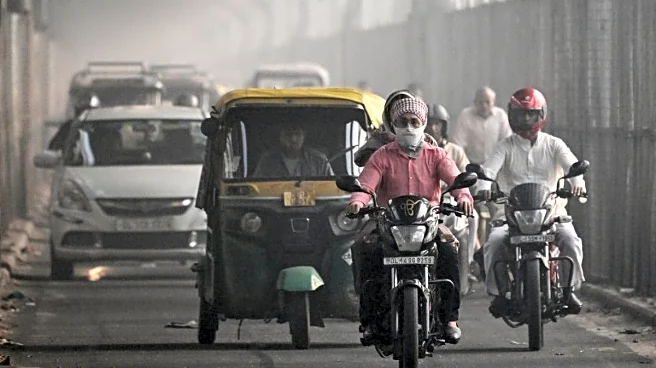

/images/ppid_a911dc6a-image-17612000657408206.webp)


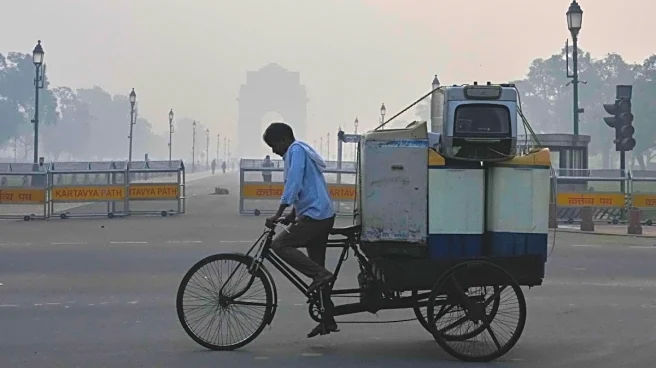
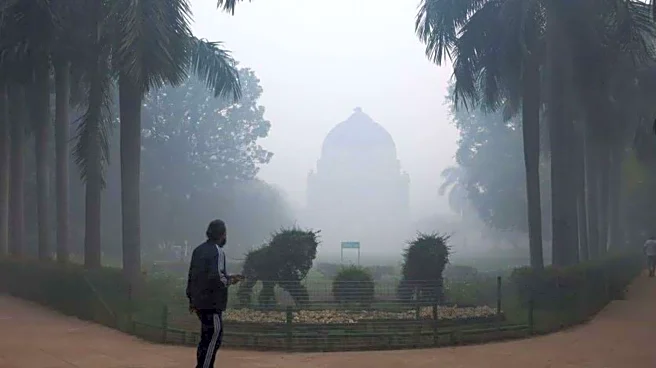

/images/ppid_a911dc6a-image-176105291132015686.webp)
